Code
HCS22018
Weight
356 gm / 0.78 lbs
Size
Height
10cm (4") Width
4cm (2") Depth
8cm (3") Material
Copper Gold Plated
Availability
Available
Date Added
2020-12-09 03:13:37
Note : We used to sell this product 5 years ago so it may no longer be in our stock.
It is possible that we still have it with our suppliers but the price could be different from before.
Feel free to order. We will verify availability and inform you promptly.
It is possible that we still have it with our suppliers but the price could be different from before.
Feel free to order. We will verify availability and inform you promptly.

Safe Payment
We accept Paypal, Money Transfer, Bank Transfer
Confidence
Protection covers your purchase and personal data.
Worldwide Delivery
We ship Worldwide, except Russia.Shipping cost US$25.2 for upto 0.5 kgs

Hotline
Talk to help line for your question on 9841267335About Elector Gold Plating
The Nepali Small Statue Of Bhimsen, [full Gold Plated] has been crafted using the ceramic mold casting process, a modern approach that provides an alternative to traditional methods such as the lost-wax system or rubber molding. Also referred to as ceramic molding, this technique involves the creation of a ceramic mold to cast the statue. The process begins by making a precise and detailed wax model of the desired sculpture. The wax model is then coated with layers of ceramic material, creating a sturdy mold. Once the mold is complete, it is fired in a kiln, causing the wax to melt and escape, leaving behind a cavity that perfectly replicates the original sculpture. Molten metal is then poured into the mold, allowing it to fill the cavity and take on the desired form. Once cooled and solidified, the ceramic mold is carefully broken away, revealing the final metal statue. Read More . . .
The Nepali Small Statue Of Bhimsen, [full Gold Plated] has been crafted using the ceramic mold casting process, a modern approach that provides an alternative to traditional methods such as the lost-wax system or rubber molding. Also referred to as ceramic molding, this technique involves the creation of a ceramic mold to cast the statue. The process begins by making a precise and detailed wax model of the desired sculpture. The wax model is then coated with layers of ceramic material, creating a sturdy mold. Once the mold is complete, it is fired in a kiln, causing the wax to melt and escape, leaving behind a cavity that perfectly replicates the original sculpture. Molten metal is then poured into the mold, allowing it to fill the cavity and take on the desired form. Once cooled and solidified, the ceramic mold is carefully broken away, revealing the final metal statue. Read More . . .
Ceramic Molding System
The Nepali Small Statue Of Bhimsen, [full Gold Plated] has been crafted using the Ceramic mold casting process, a modern approach that provides an alternative to traditional methods such as the lost-wax system or rubber molding. Also referred to as ceramic molding, this technique involves the creation of a ceramic mold to cast the statue. The process begins by making a precise and detailed wax model of the desired sculpture. The wax model is then coated with layers of ceramic material, creating a sturdy mold. Once the mold is complete, it is fired in a kiln, causing the wax to melt and escape, leaving behind a cavity that perfectly replicates the original sculpture. Molten metal is then poured into the mold, allowing it to fill the cavity and take on the desired form. Once cooled and solidified, the ceramic mold is carefully broken away, revealing the final metal statue. Read More . . .
The Nepali Small Statue Of Bhimsen, [full Gold Plated] has been crafted using the Ceramic mold casting process, a modern approach that provides an alternative to traditional methods such as the lost-wax system or rubber molding. Also referred to as ceramic molding, this technique involves the creation of a ceramic mold to cast the statue. The process begins by making a precise and detailed wax model of the desired sculpture. The wax model is then coated with layers of ceramic material, creating a sturdy mold. Once the mold is complete, it is fired in a kiln, causing the wax to melt and escape, leaving behind a cavity that perfectly replicates the original sculpture. Molten metal is then poured into the mold, allowing it to fill the cavity and take on the desired form. Once cooled and solidified, the ceramic mold is carefully broken away, revealing the final metal statue. Read More . . .
Brief Introduction :
One of the five Pandavas, the Bhimsen Temple at the end of Durbar Square is a sacred religious place in the region. Bhimsen is considered to be the god of trade and business. It is also believed that he has superhuman strength. Thatâs why the drawings and carvings in the temple depict him as a red muscleman, someone who is crushing and elephant with a knee or lifting a horse.
Temple of Bhimsen :The three-storey pagoda has an unusual rectangular plan that sets it apart from other temples in Patan. The current temple was completely rebuilt in 1682 after a fire and was later restored after the 1934 earthquake, and again in 1967. Once repairs following the 2015 quake are complete, non-Hindus may once again be able to climb to the upper level (the inner sanctum is usually upstairs in Bhimsen temples) to view the wild-eyed statue of Bhimsen.
About Bhimsen


![Nepali Small Statue Of Bhimsen, [full Gold Plated]](https://handicraftseller.com/uploads/pics/product/thumb/2020/12/22018_0.jpg)
![Nepali Small Statue Of Bhimsen, [full Gold Plated]](https://handicraftseller.com/uploads/pics/product/thumb/2020/12/22018_1.jpg)
![Nepali Small Statue Of Bhimsen, [full Gold Plated]](https://handicraftseller.com/uploads/pics/product/thumb/2020/12/22018_2.jpg)
![Nepali Small Statue Of Bhimsen, [full Gold Plated]](https://handicraftseller.com/uploads/pics/product/thumb/2020/12/22018_3.jpg)
![Nepali Small Statue Of Bhimsen, [full Gold Plated]](https://handicraftseller.com/uploads/pics/product/thumb/2020/12/22018_4.jpg)
![Nepali Small Statue Of Bhimsen, [full Gold Plated]](https://handicraftseller.com/uploads/pics/product/thumb/2020/12/22018.jpg)
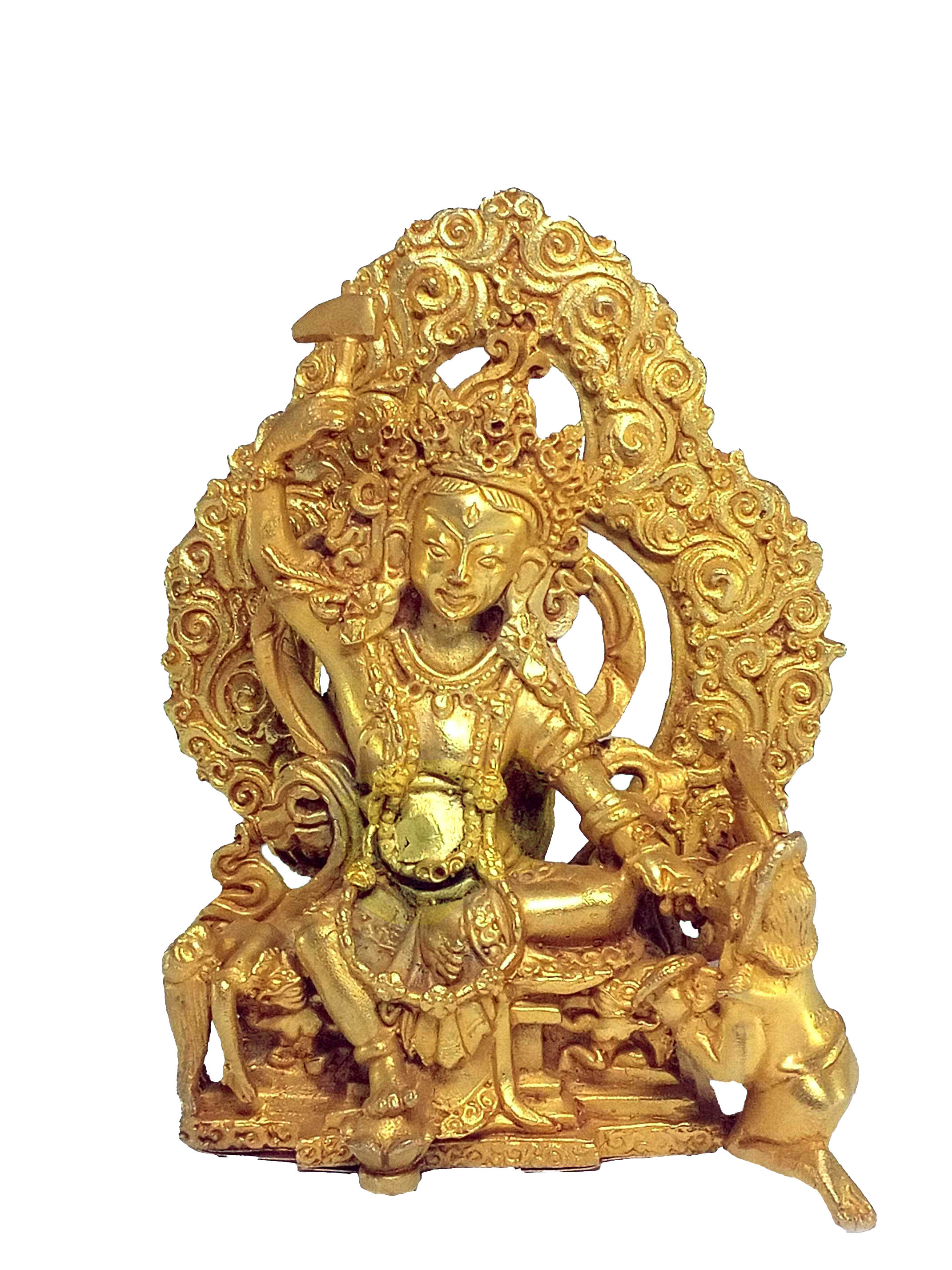
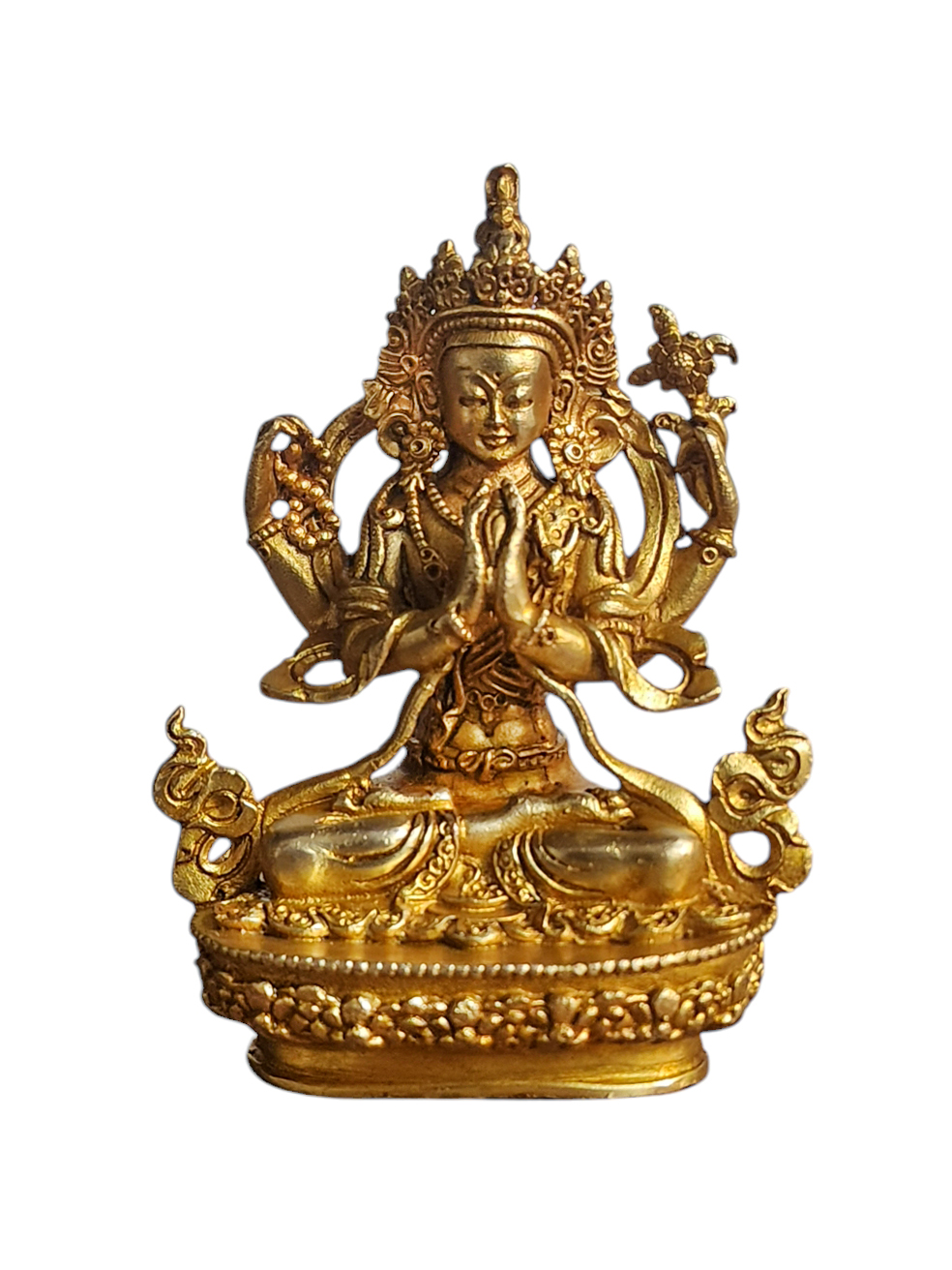 Chenrezig, Buddhist Miniature Statue,
Chenrezig, Buddhist Miniature Statue, 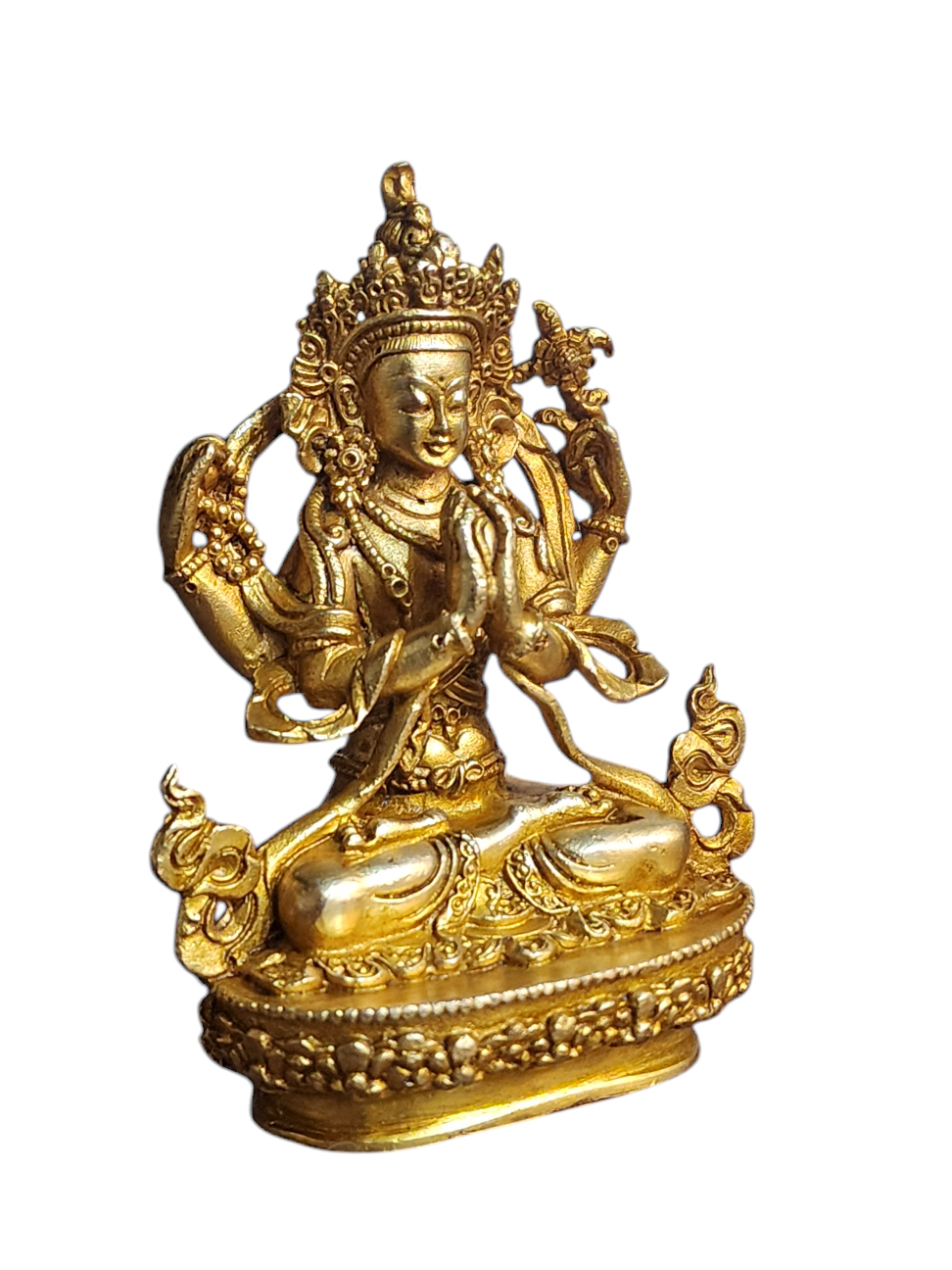 Chenrezig, Buddhist Miniature Statue,
Chenrezig, Buddhist Miniature Statue, 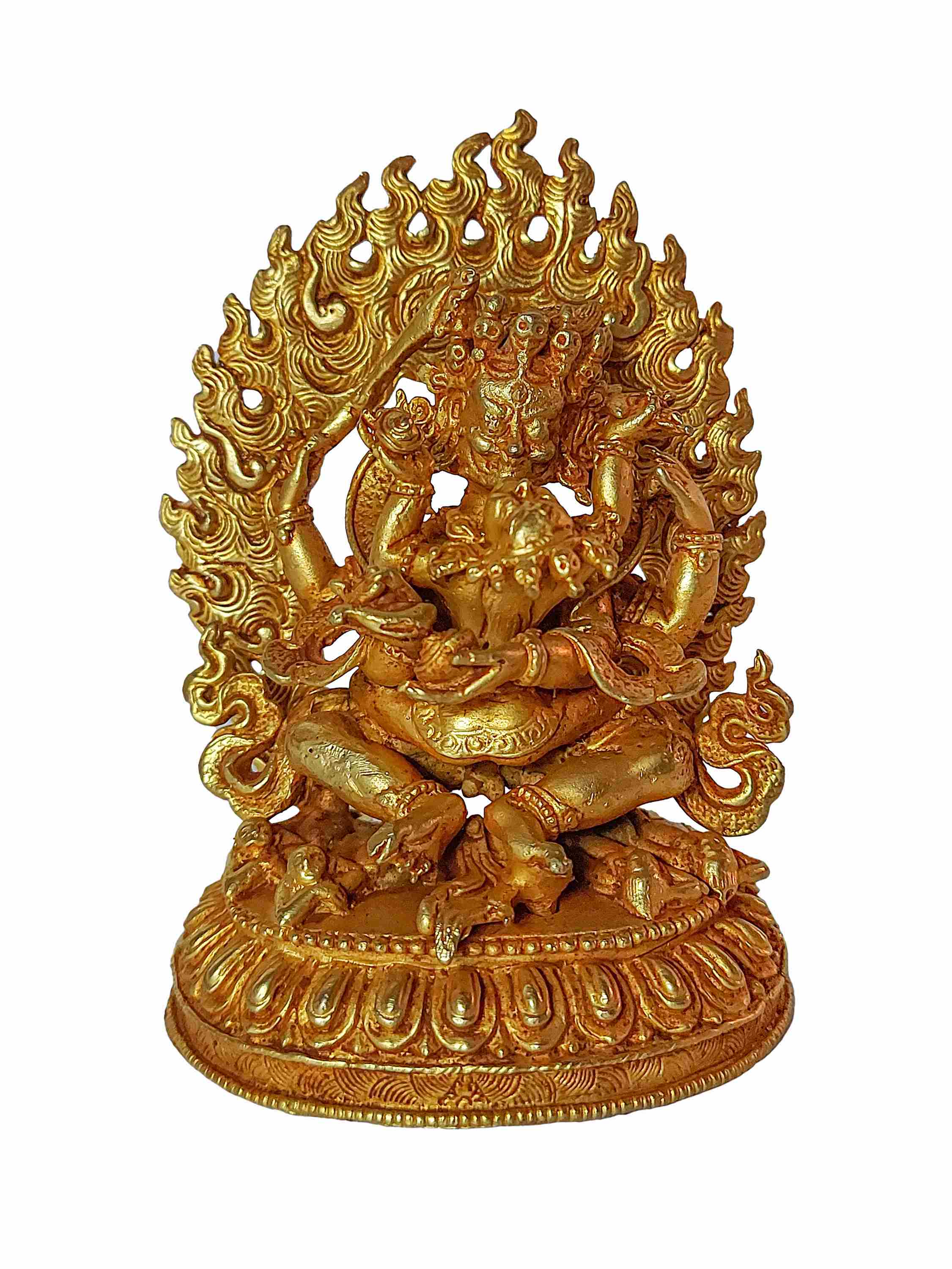 of Sitting
of Sitting 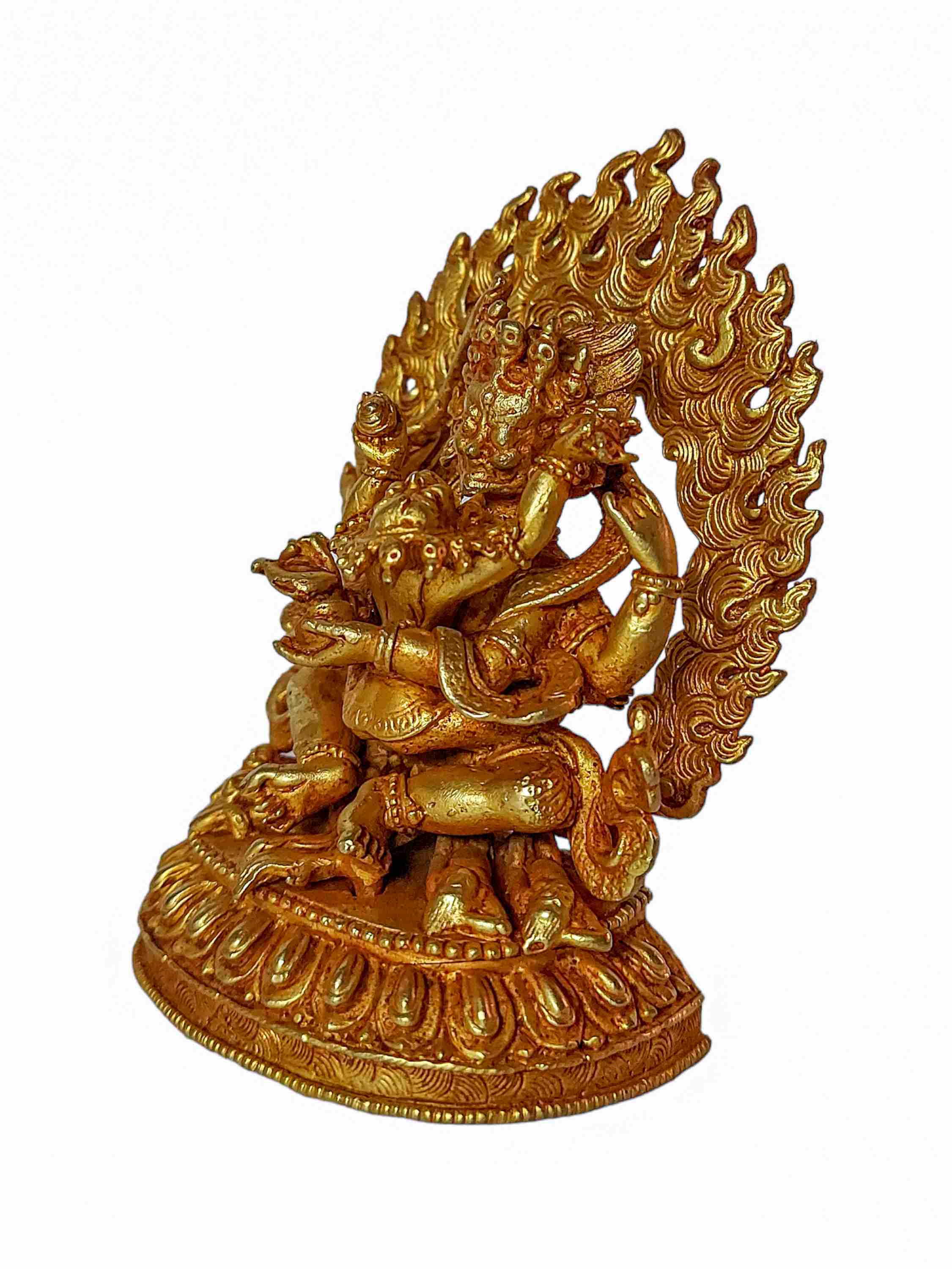 of Sitting
of Sitting  of Vajravarahi - Dorje Phagmo Yogini,
of Vajravarahi - Dorje Phagmo Yogini, 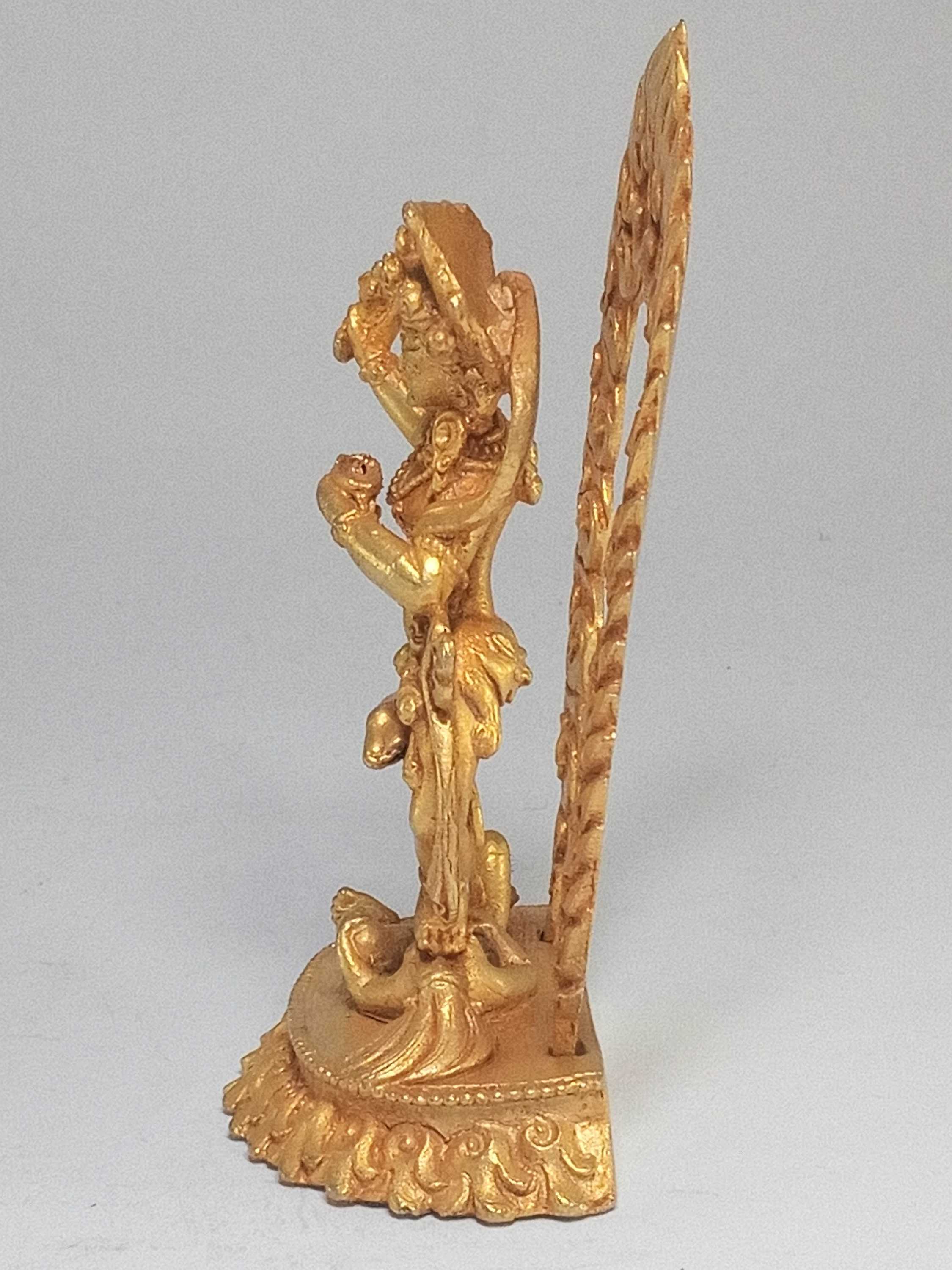 of Vajravarahi - Dorje Phagmo Yogini,
of Vajravarahi - Dorje Phagmo Yogini, 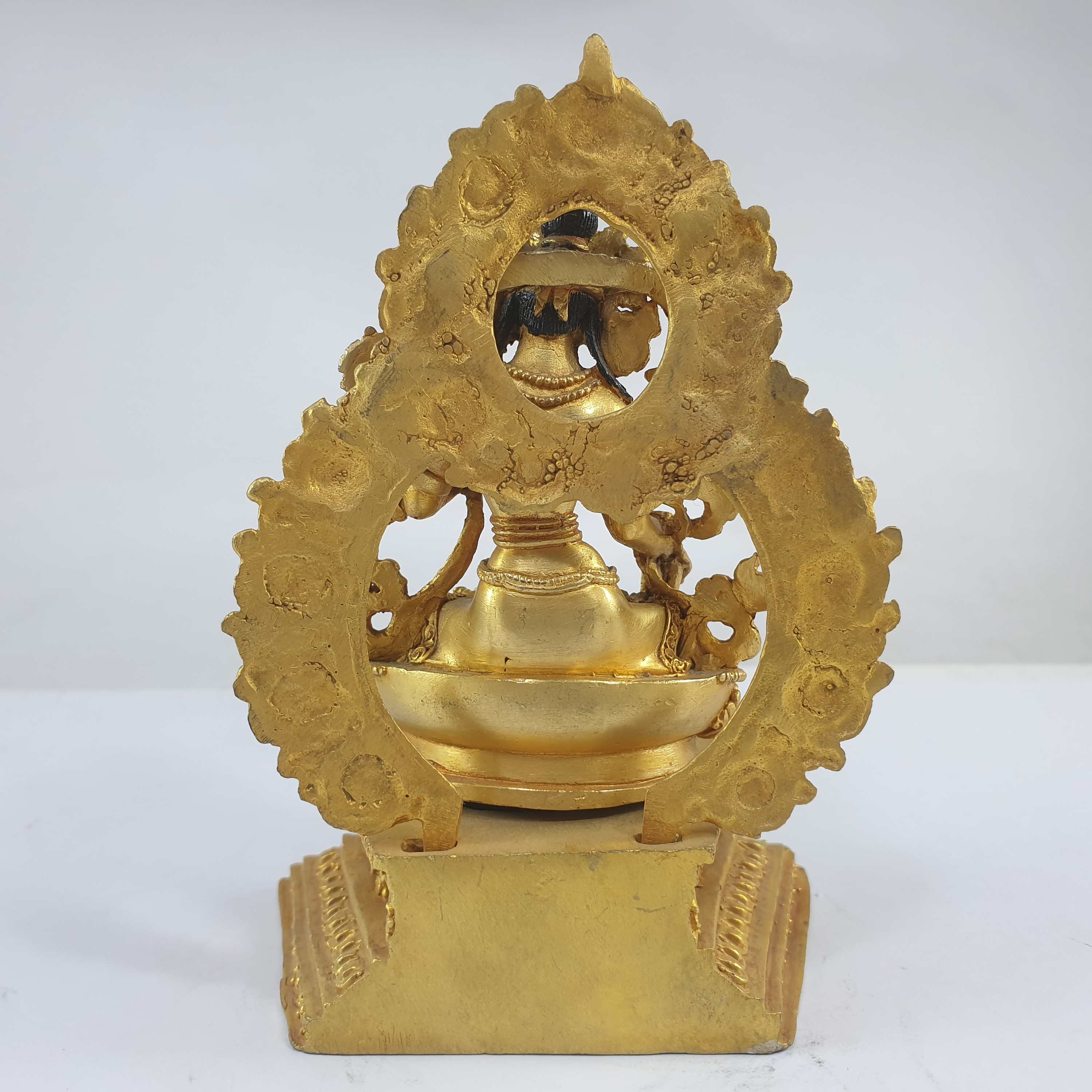 of White Tara On A Thrown
of White Tara On A Thrown 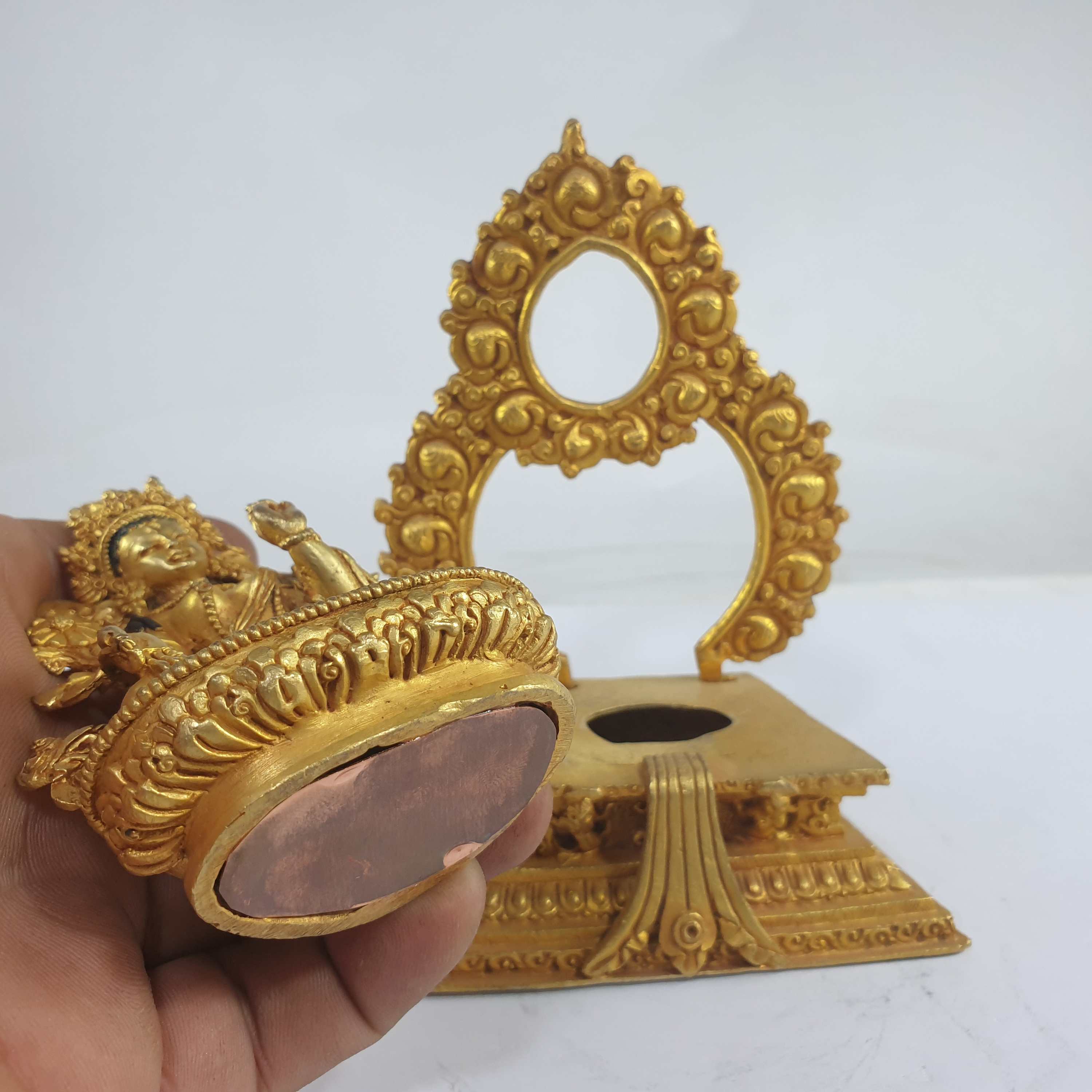 of White Tara On A Thrown
of White Tara On A Thrown 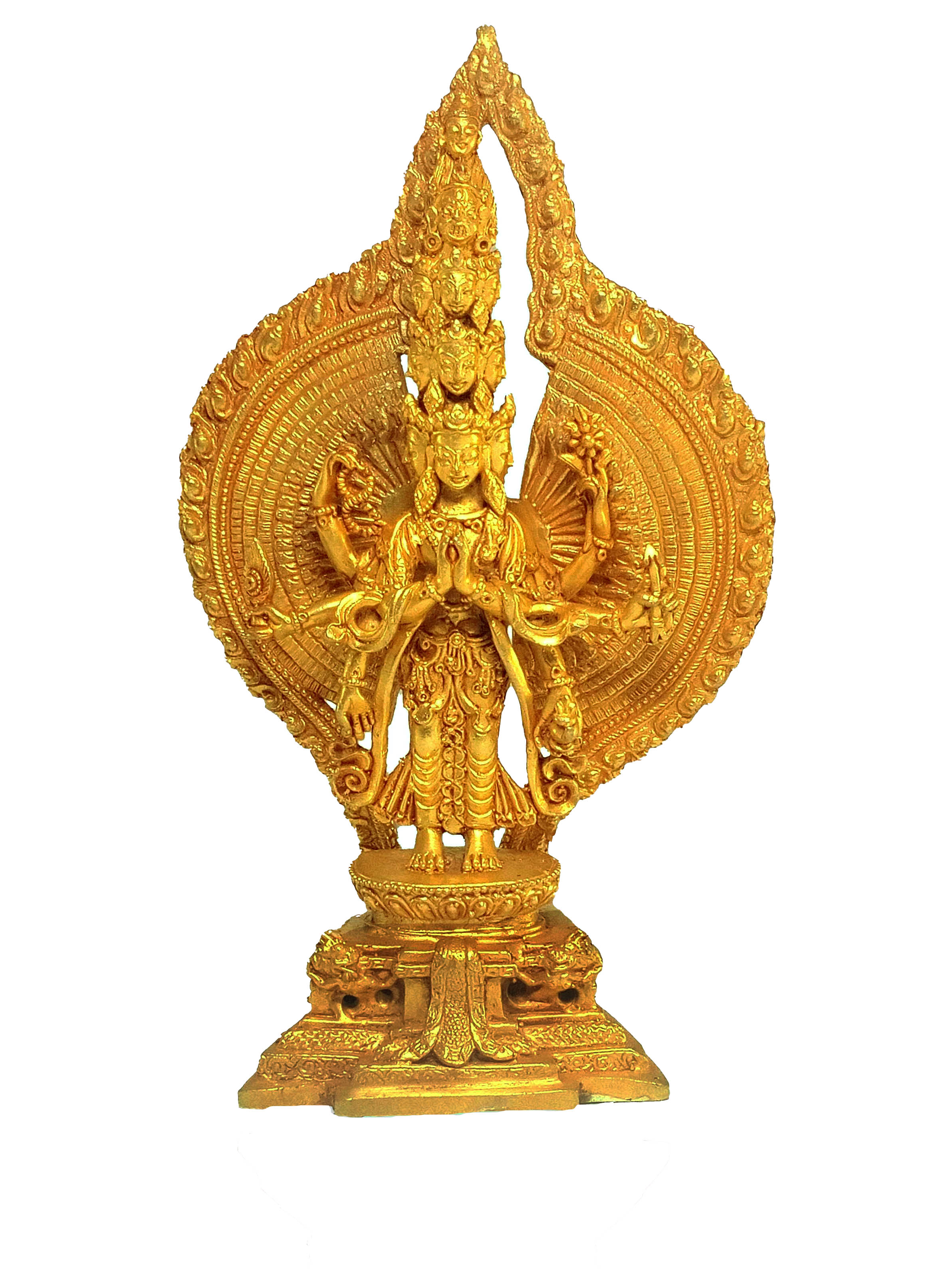 of Avalokiteshvara, Chenrezig,
of Avalokiteshvara, Chenrezig, 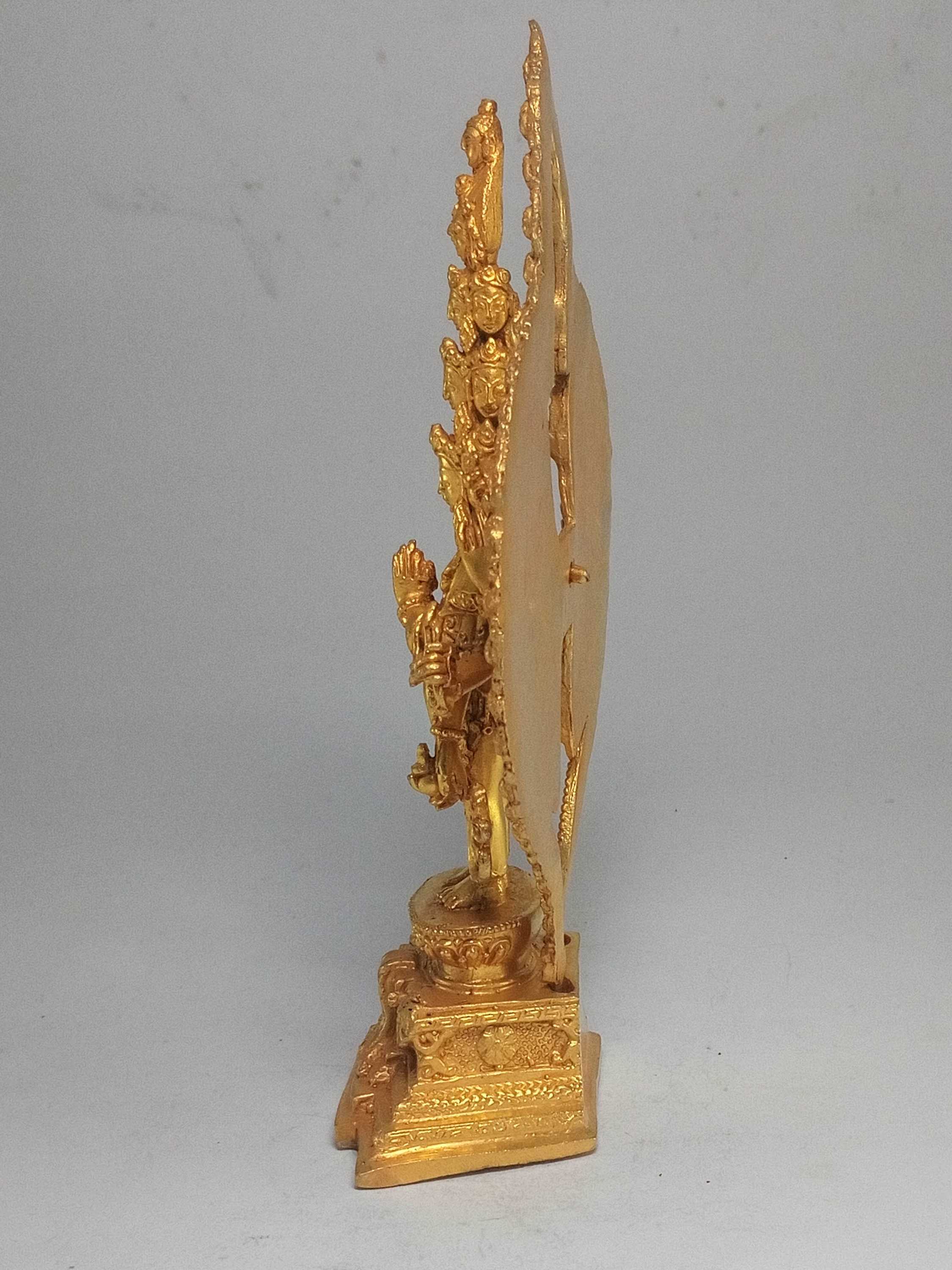 of Avalokiteshvara, Chenrezig,
of Avalokiteshvara, Chenrezig, 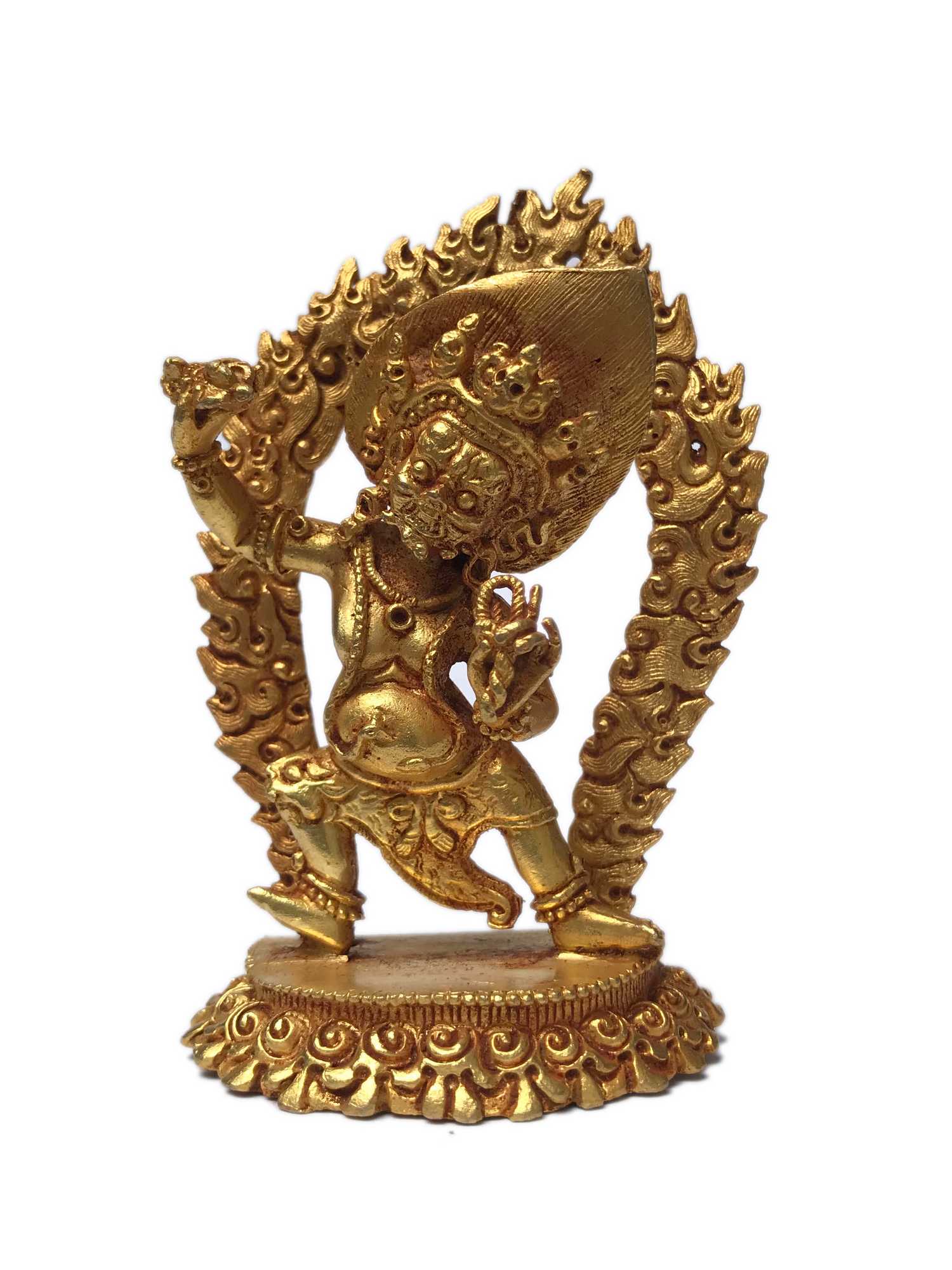 of Vajrapani
of Vajrapani 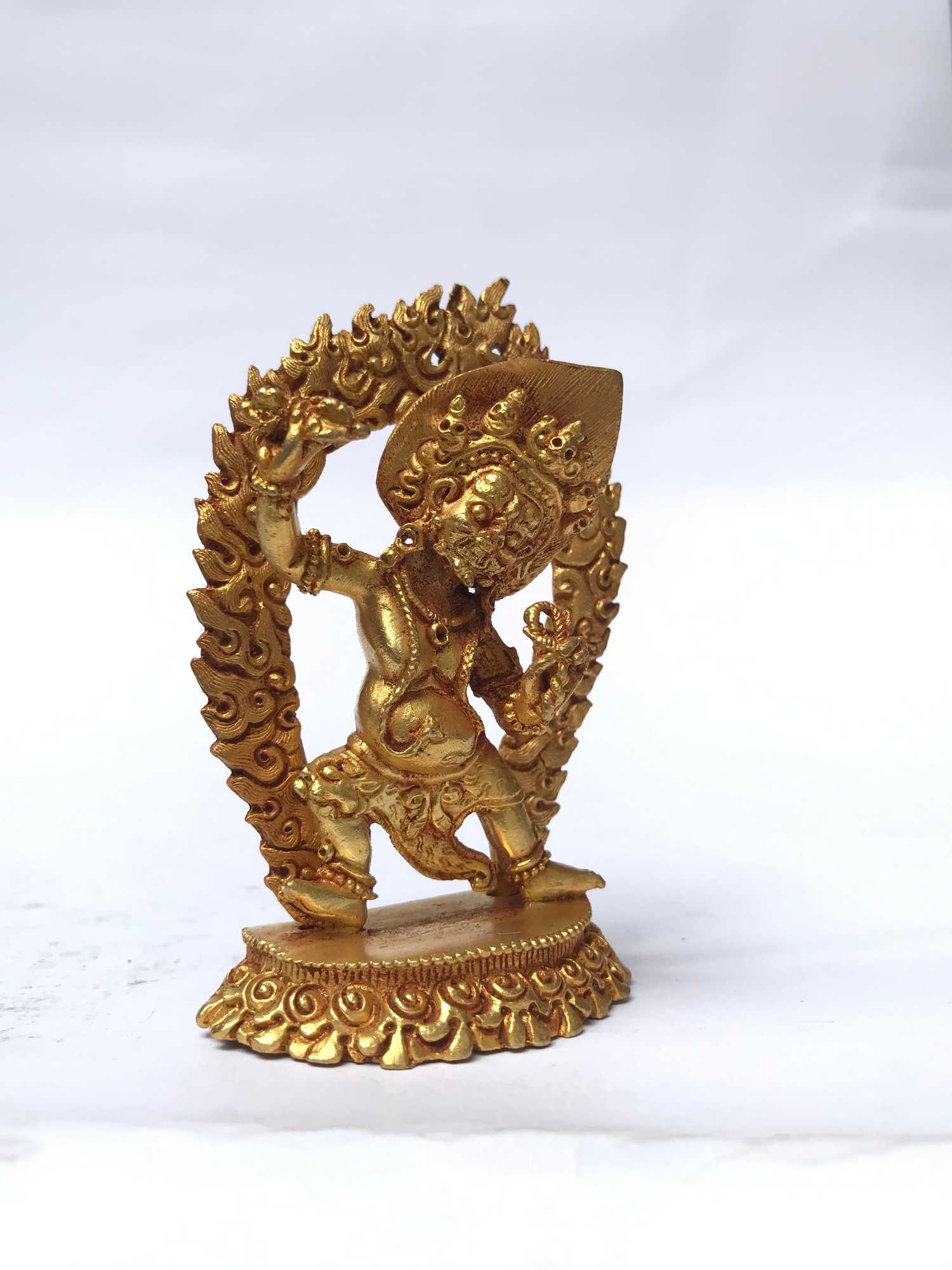 of Vajrapani
of Vajrapani 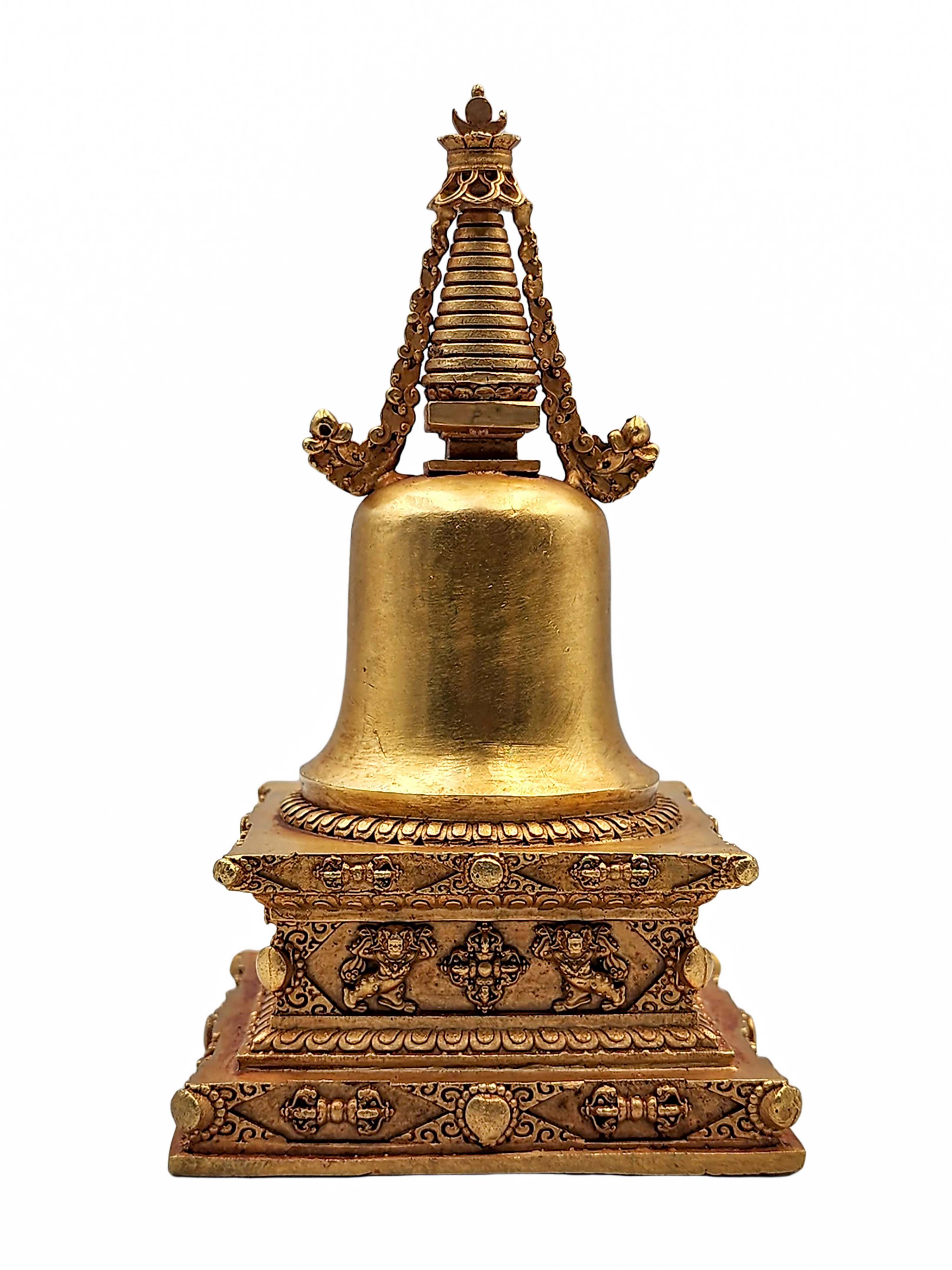 Stupa, Buddhist Statue,
Stupa, Buddhist Statue, 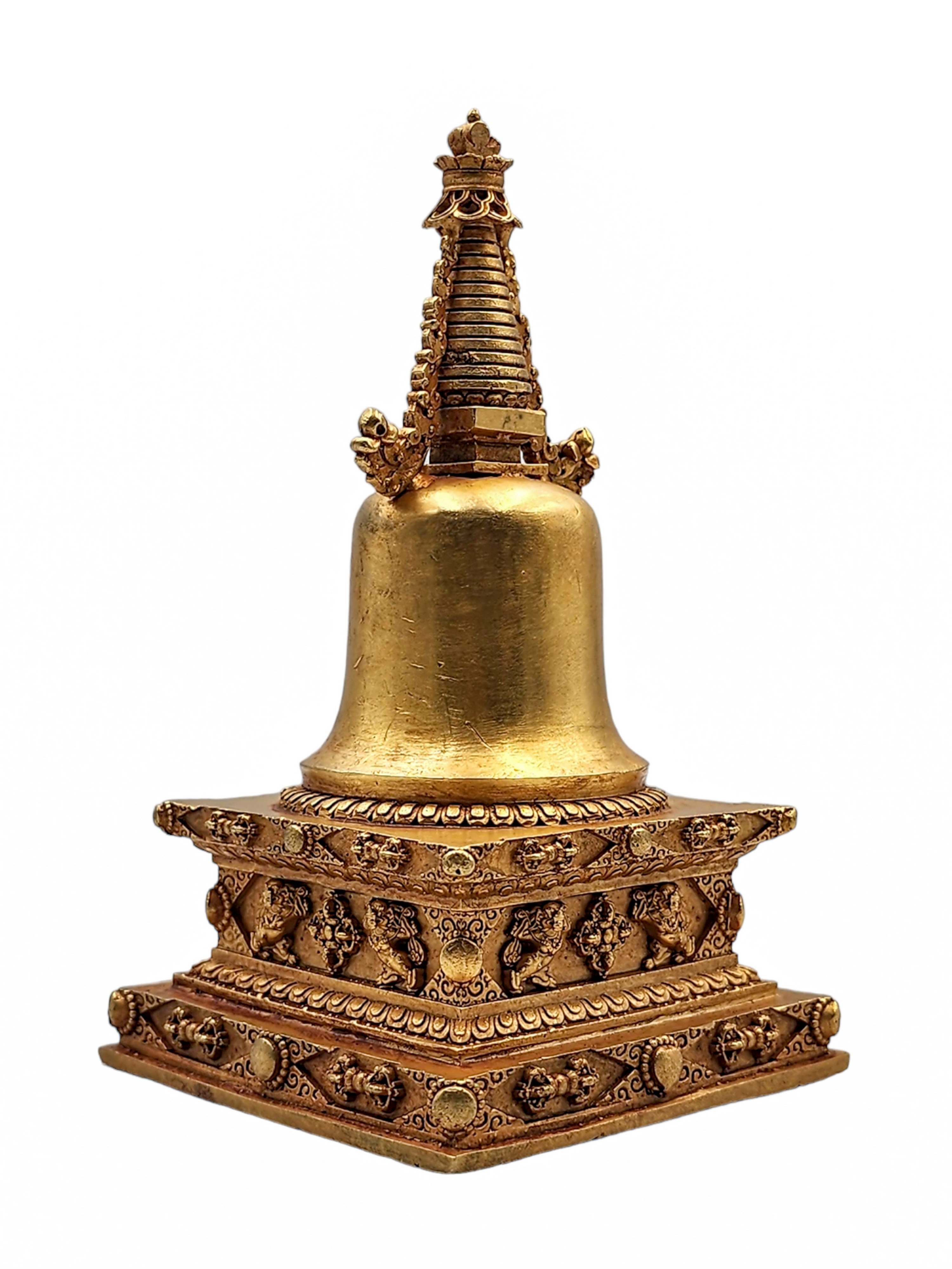 Stupa, Buddhist Statue,
Stupa, Buddhist Statue,  of
of 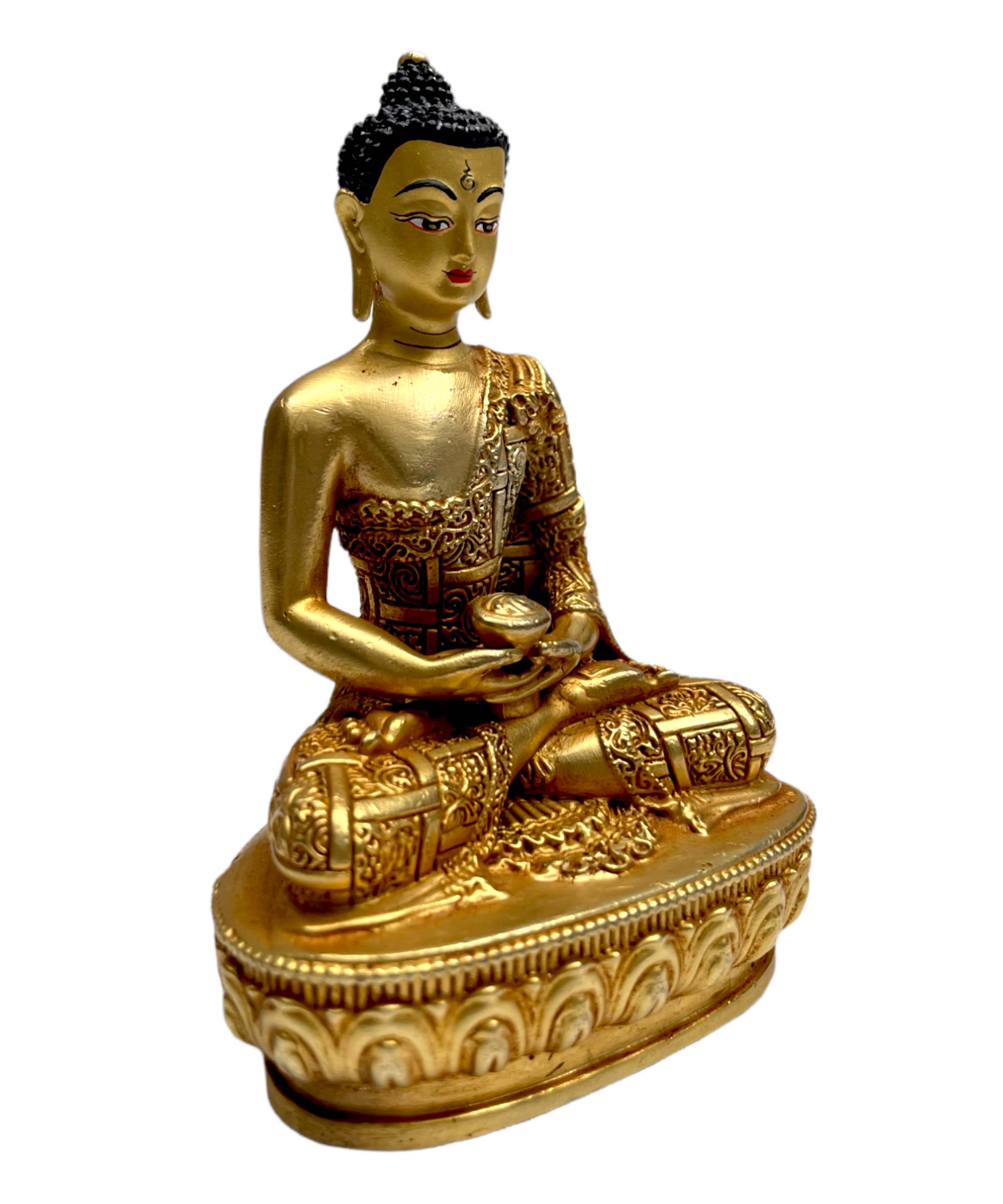 of
of 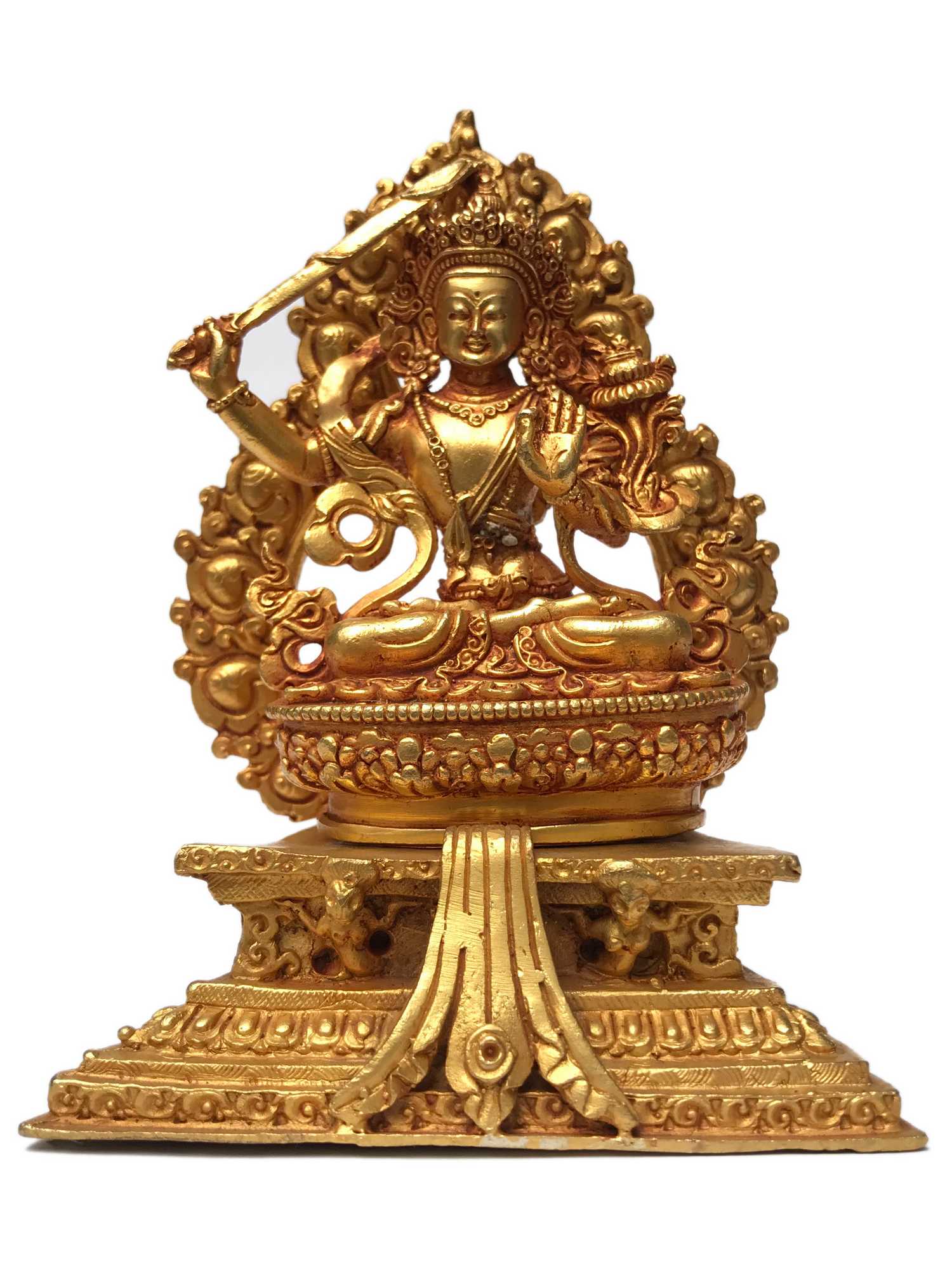 of Manjushri On Throne,
of Manjushri On Throne, 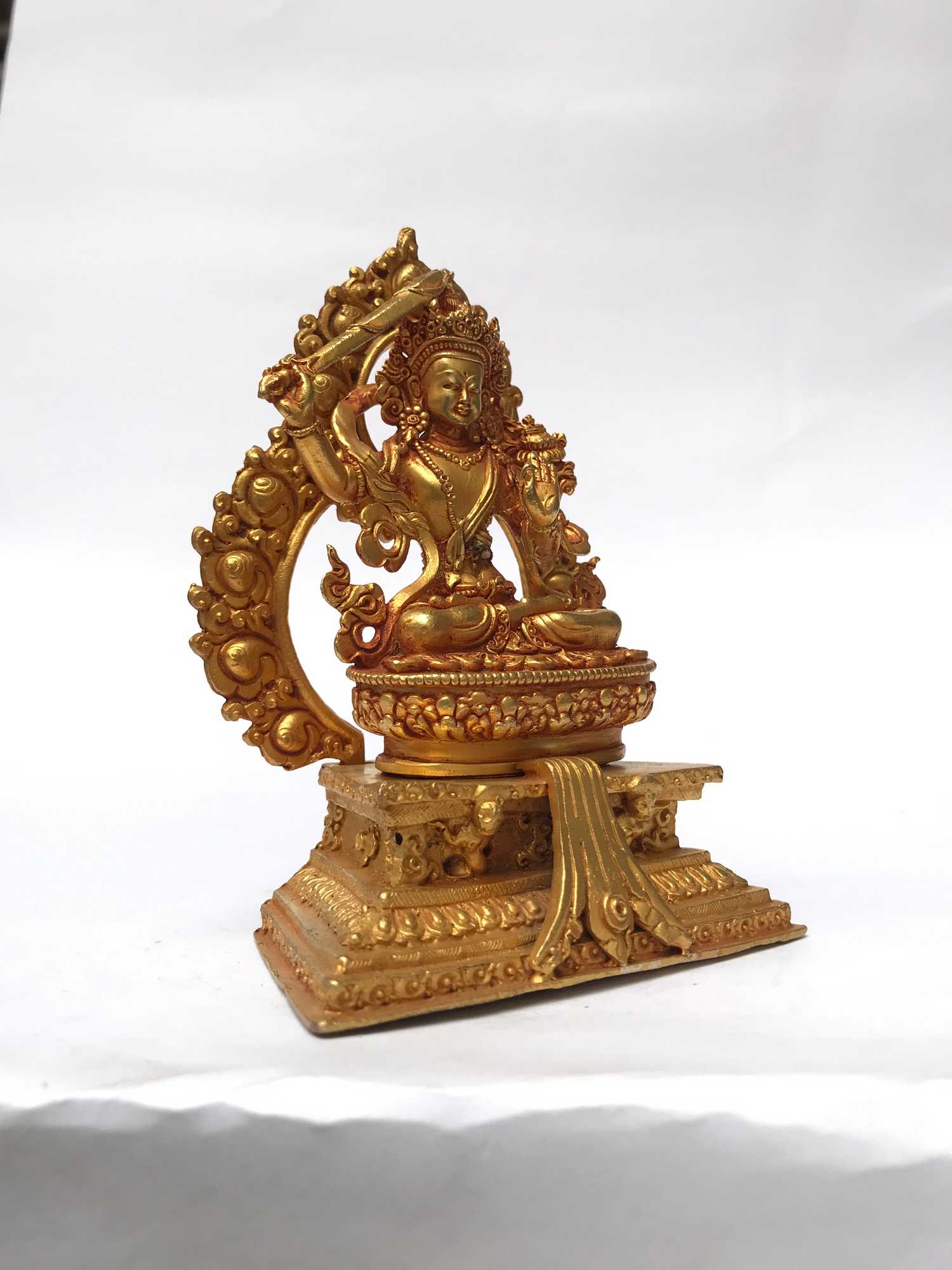 of Manjushri On Throne,
of Manjushri On Throne, 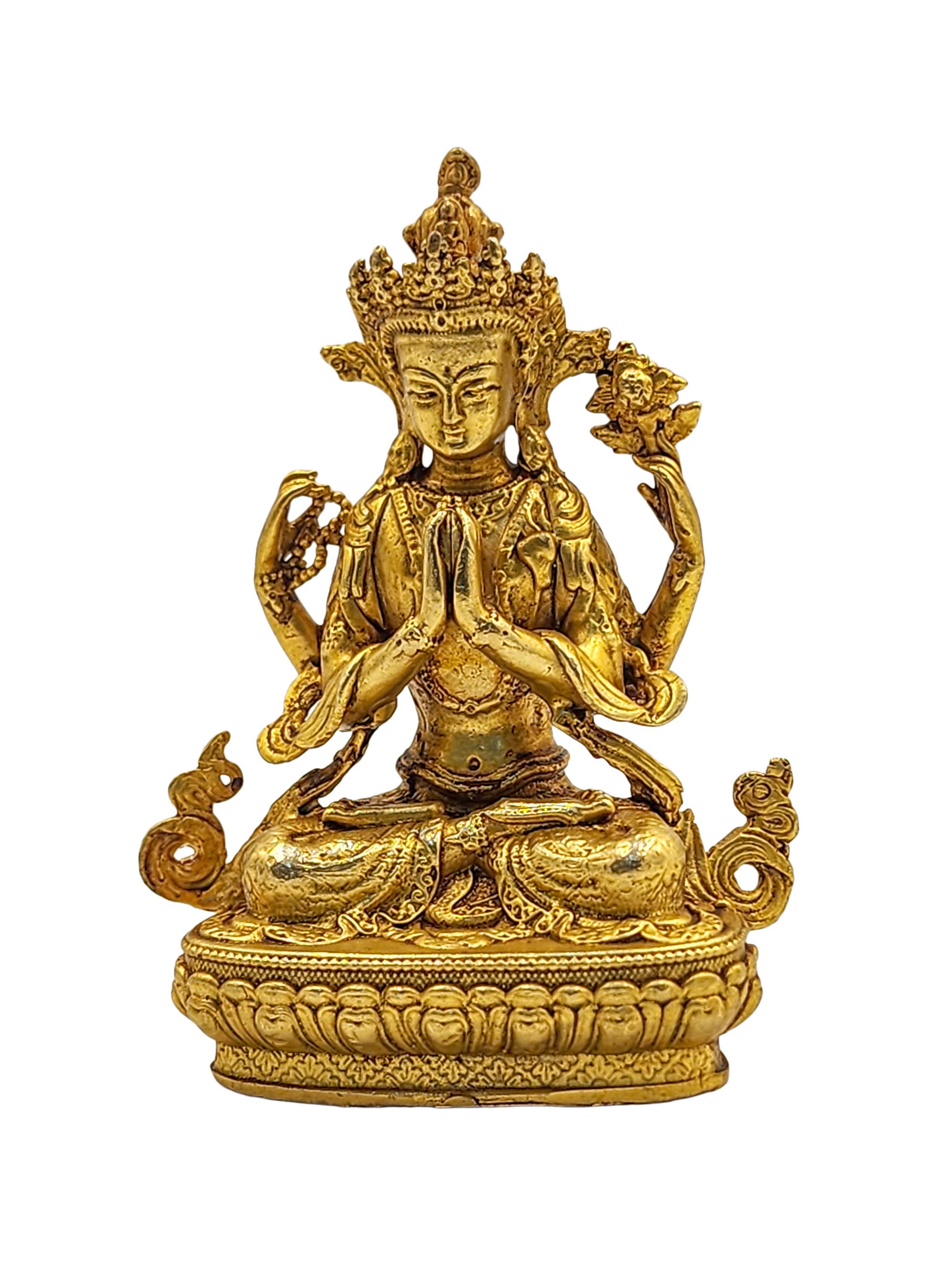 Full Gold Plated,
Full Gold Plated,  Full Gold Plated,
Full Gold Plated,